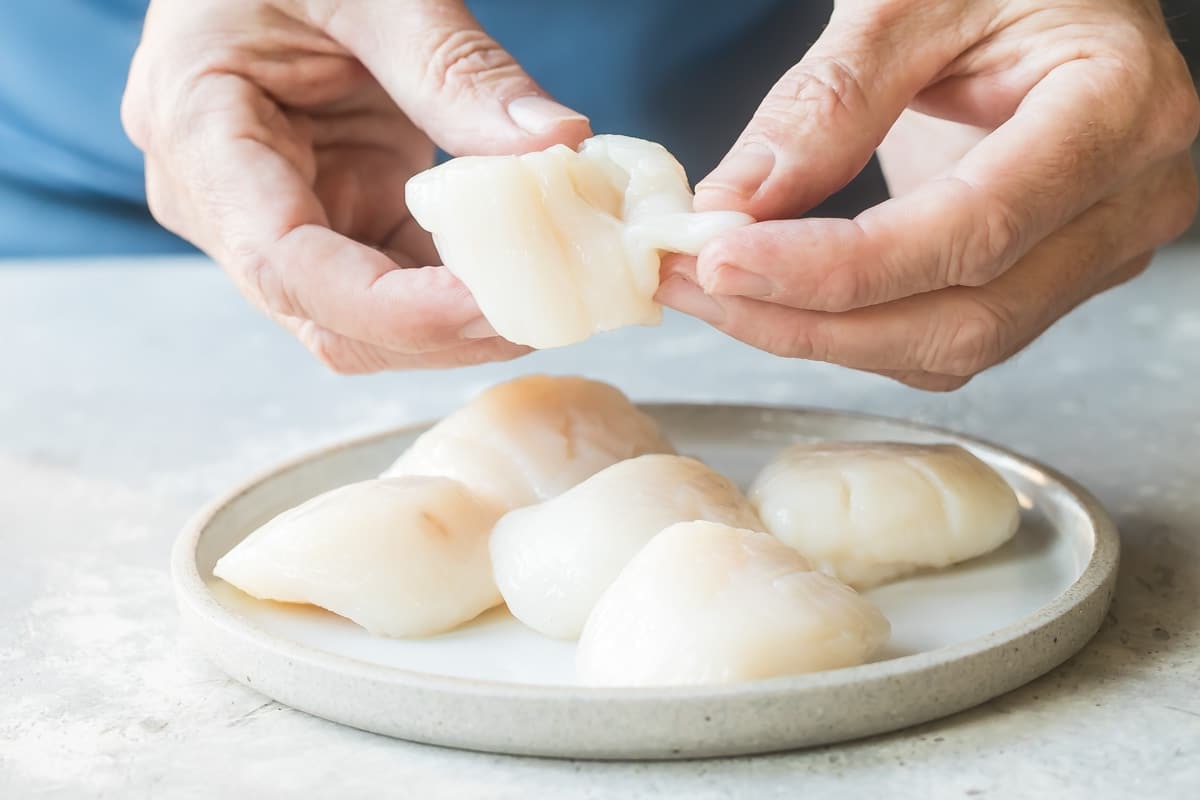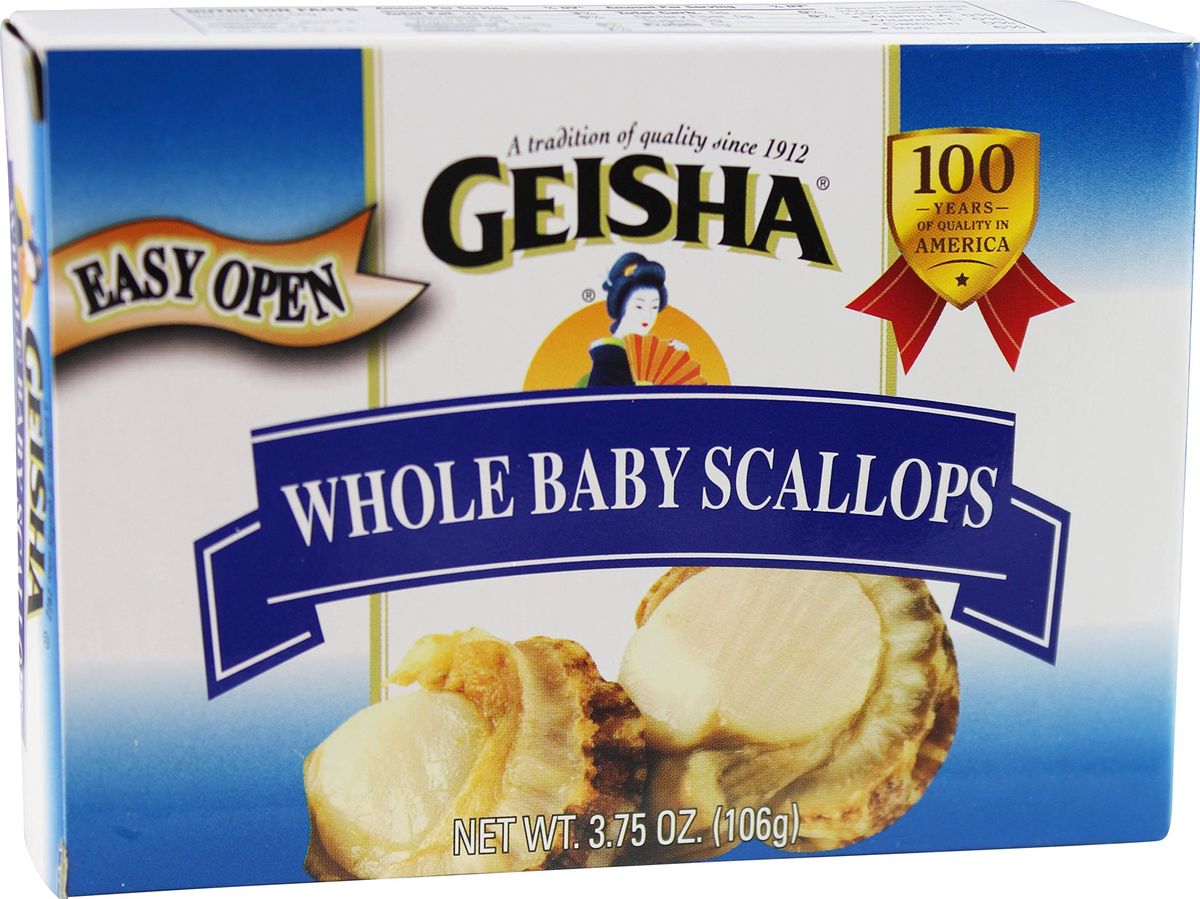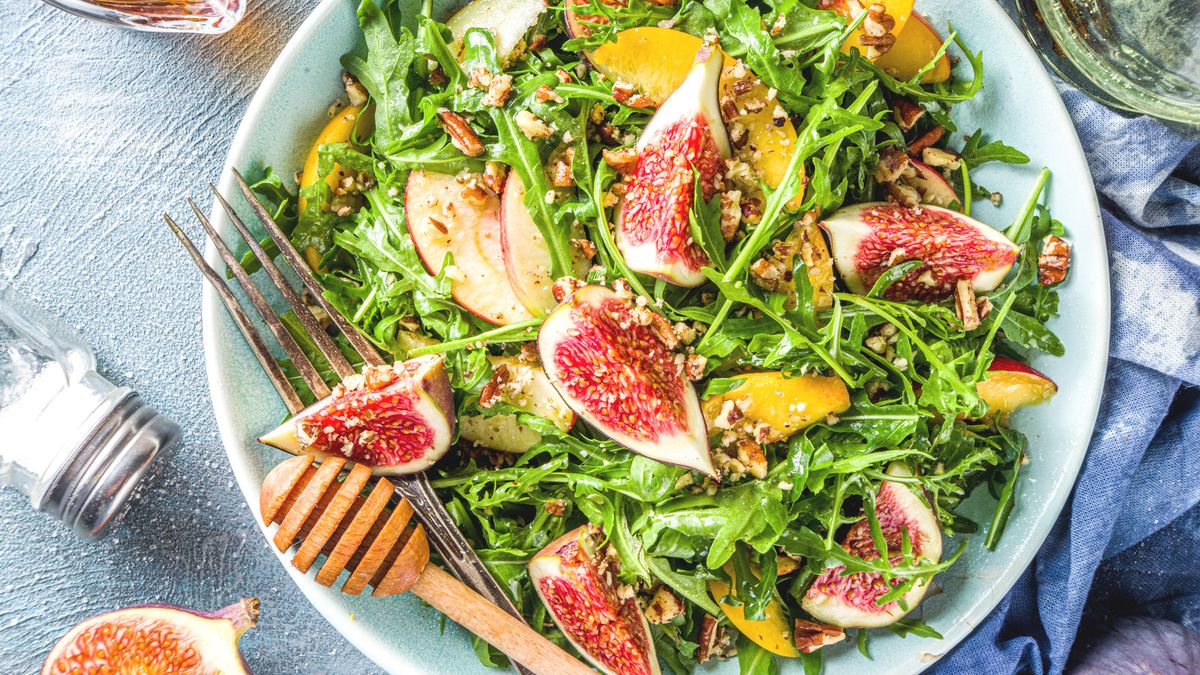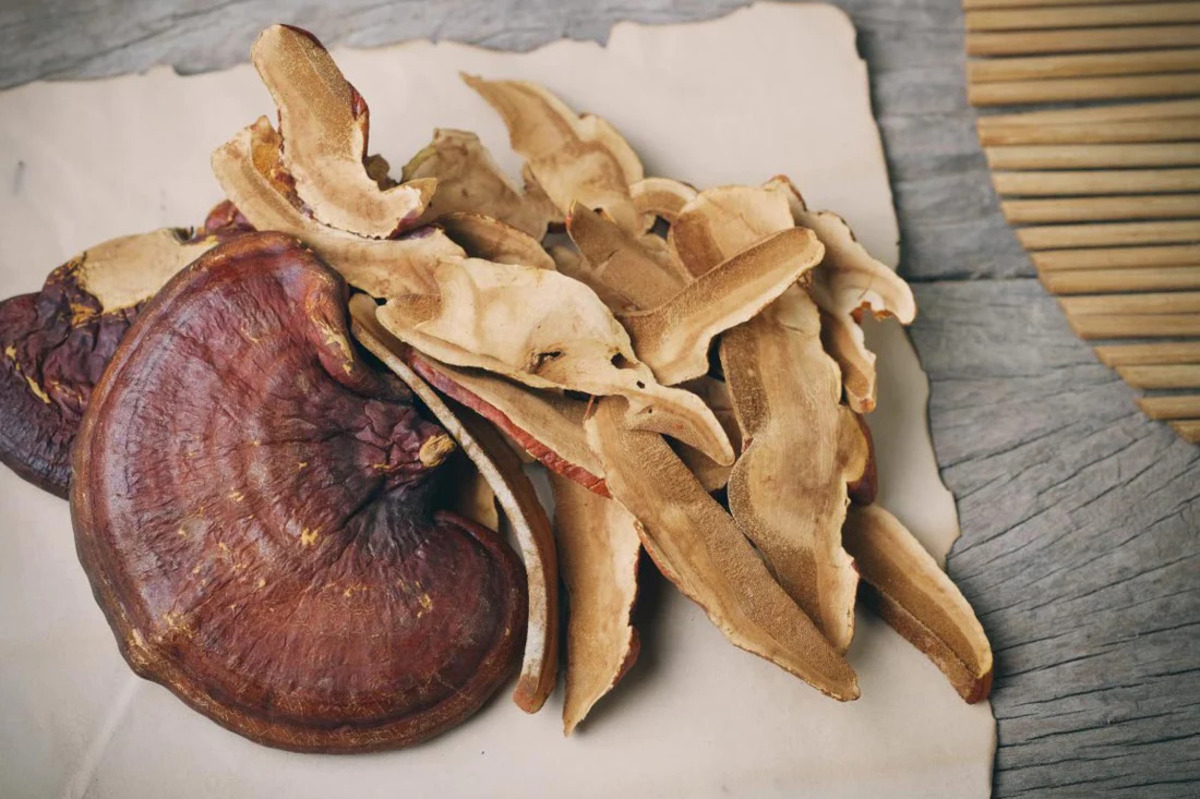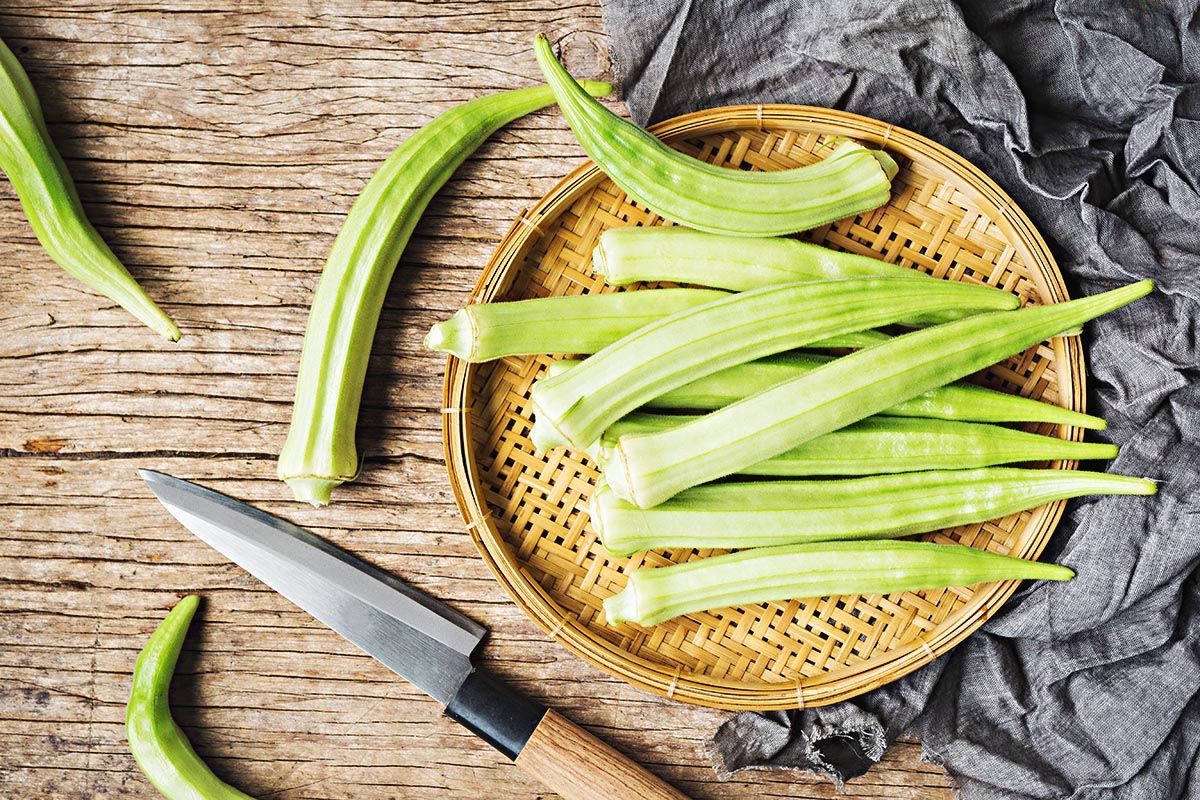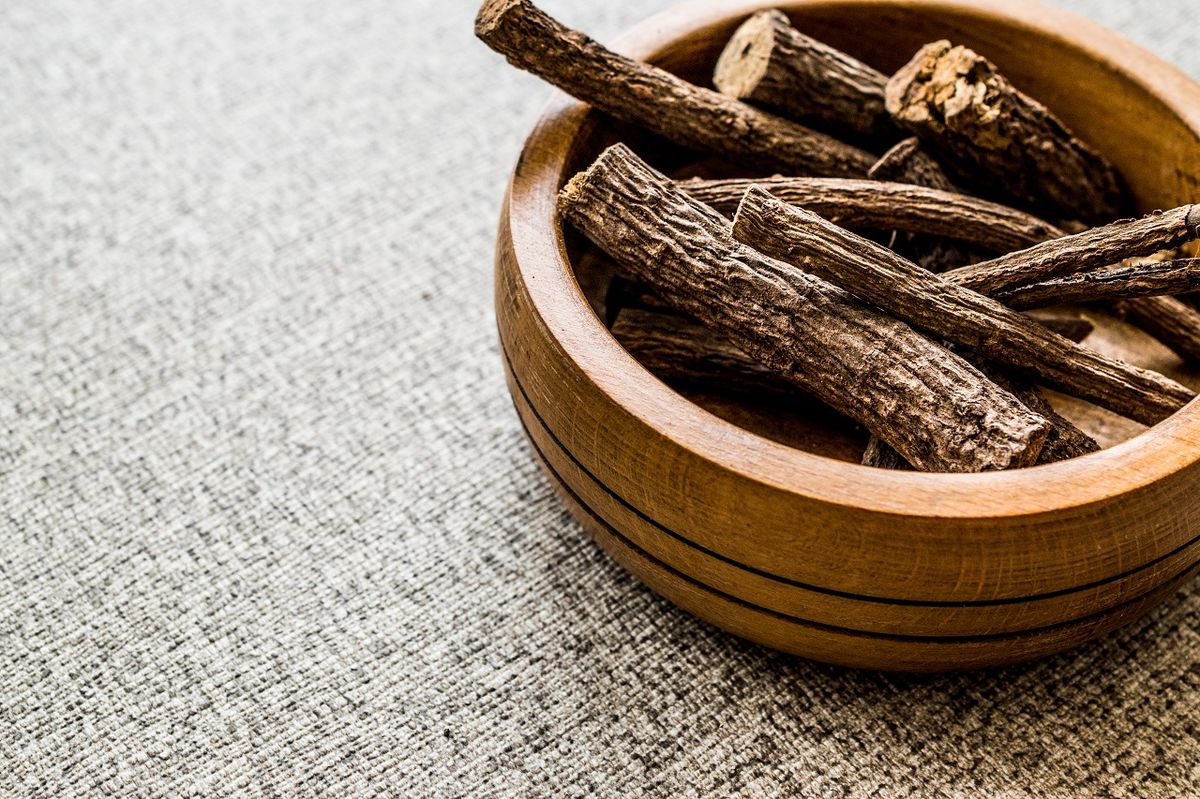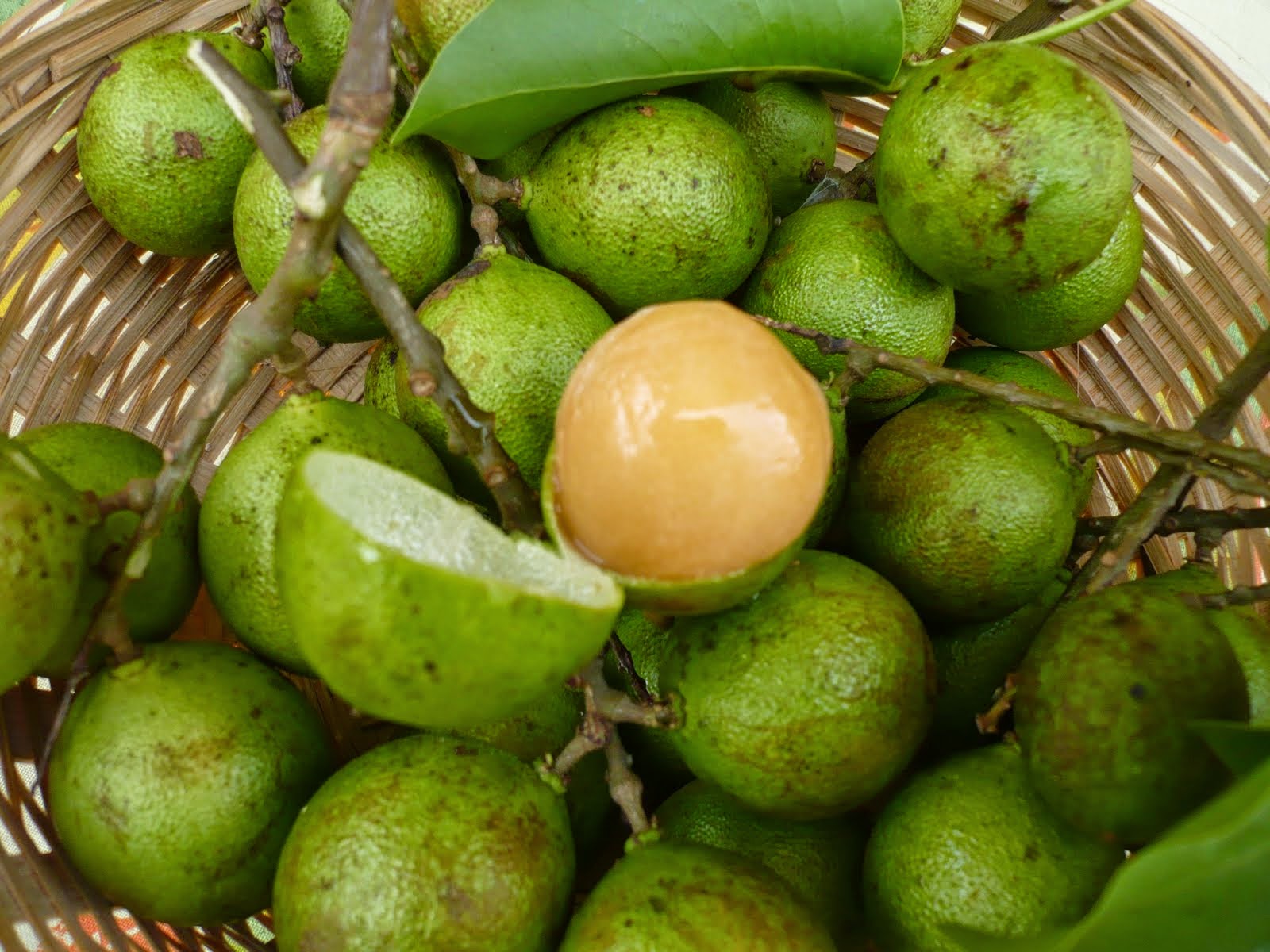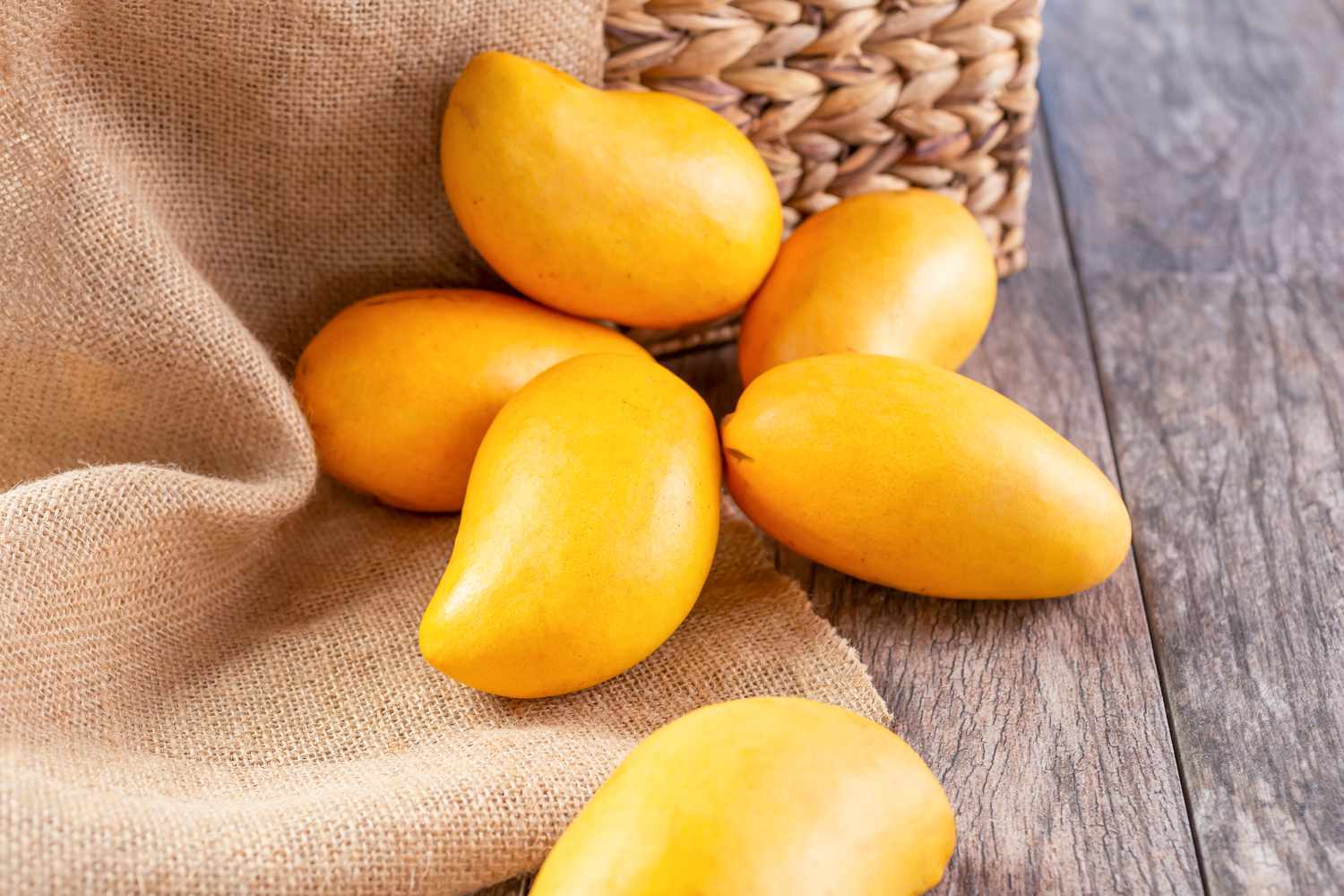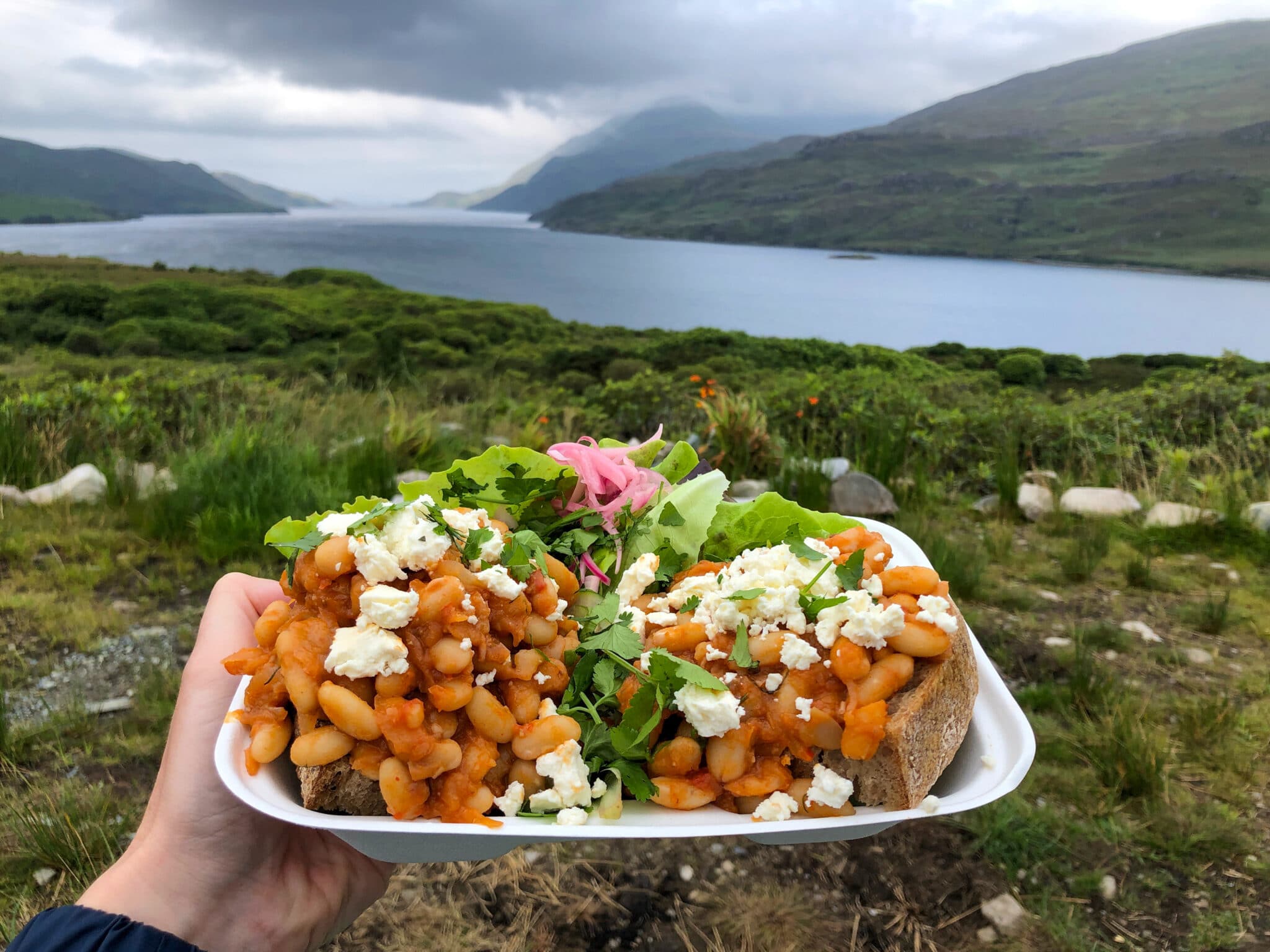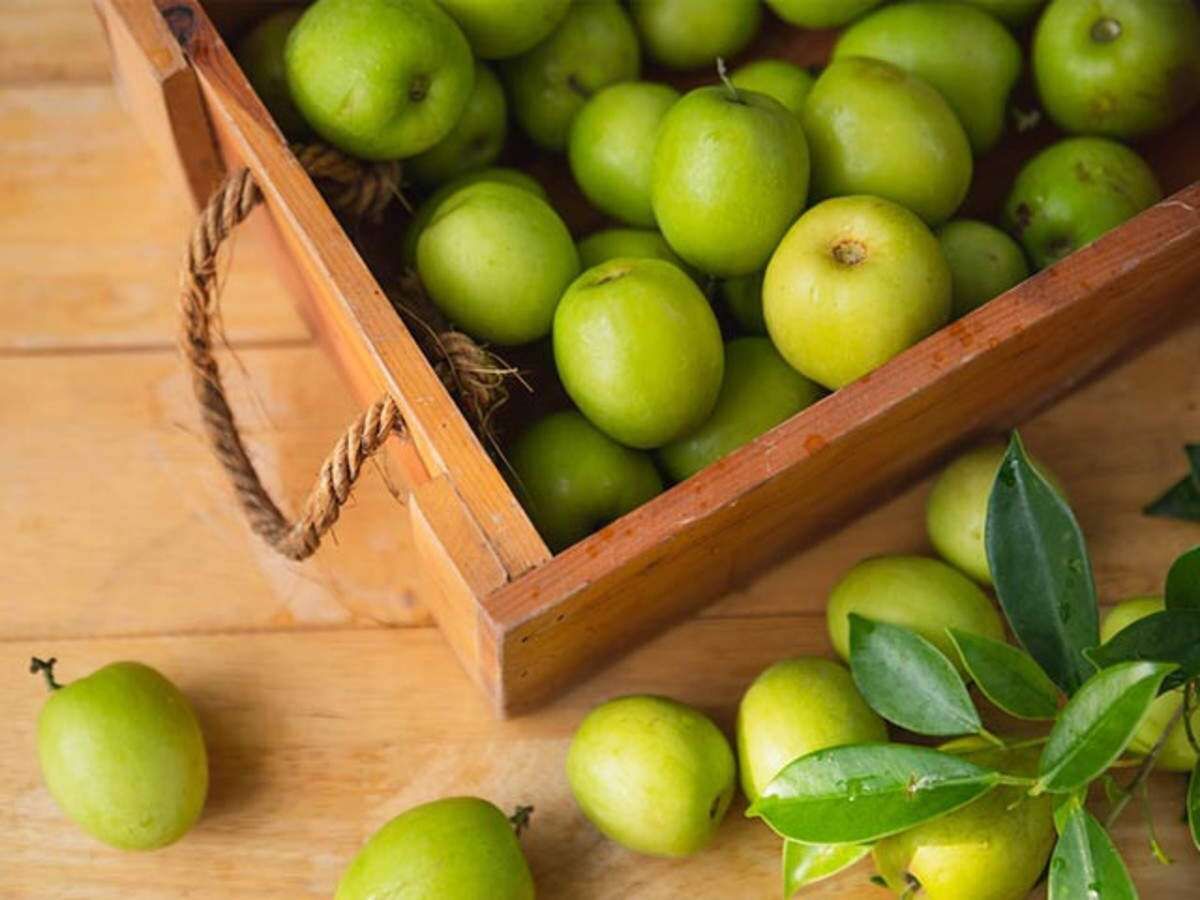When it comes to enjoying fresh seafood, few things are as delightful as indulging in a plate of succulent scallops. These delectable shellfish are not only a treat for the taste buds but also a source of essential nutrients. If you're new to the world of scallops, you might be wondering how to properly enjoy them, especially when they are still in their shells. In this guide, we'll walk you through the process of savoring scallops in the shell so that you can make the most of this culinary experience.
Selecting the Perfect Scallops
Before you can enjoy scallops in the shell, it's important to start with the freshest and highest quality ingredients. When selecting scallops, look for ones that are firm, moist, and have a sweet, briny aroma. Fresh scallops should also have a translucent appearance and a creamy color. If you have the option, consider purchasing live scallops for the ultimate freshness.
Cleaning and Preparing the Scallops
Once you have your fresh scallops in hand, it's time to prepare them for consumption. Here's a simple step-by-step guide to cleaning and preparing scallops in the shell:
- Rinse the scallops: Start by rinsing the scallops under cold water to remove any debris or sand.
- Open the shells: Using a sharp knife, carefully pry open the shells of the scallops. Be gentle to avoid damaging the delicate flesh inside.
- Remove the scallops: Once the shells are open, carefully remove the scallops from their shells, taking care to keep them intact.
Cooking Methods for Scallops in the Shell
There are several ways to cook scallops in the shell, each of which can enhance the natural flavors of the seafood. Here are a few popular cooking methods to consider:
- Grilling: Grilling scallops in the shell can impart a smoky flavor and a subtle char. Simply place the scallops on a preheated grill and cook for a few minutes on each side until they are opaque and slightly firm.
- Broiling: If you prefer to use your oven, consider broiling the scallops. Place the scallops in their shells on a baking sheet and broil them for a few minutes until they are cooked through.
- Steaming: Steaming scallops in the shell is a gentle cooking method that preserves their delicate texture. Simply place the scallops in a steamer basket over boiling water and steam for a few minutes until they are opaque and tender.
Serving and Enjoying Scallops in the Shell
Once your scallops in the shell are cooked to perfection, it's time to savor them. Here are a few tips for serving and enjoying this delectable seafood:
- Presentation: Arrange the cooked scallops back in their shells for an elegant presentation. Garnish with fresh herbs or a squeeze of lemon for a pop of flavor.
- Accompaniments: Consider serving the scallops with a side of melted butter, a drizzle of olive oil, or a zesty dipping sauce to complement their natural sweetness.
- Eating: To enjoy scallops in the shell, simply use a small fork or spoon to scoop out the tender flesh from the shell. Take small bites to fully appreciate the delicate flavor and texture of the scallops.
Conclusion
Eating scallops in the shell is a delightful experience that allows you to fully appreciate the natural flavors of this exquisite seafood. By selecting the freshest scallops, preparing them with care, and choosing the right cooking method, you can enjoy a memorable dining experience that celebrates the beauty of these ocean treasures. Whether you're hosting a dinner party or simply treating yourself to a special meal, savoring scallops in the shell is a culinary adventure worth embarking on.
More Delicious Scallop Recipes to Try
For enthusiasts eager to refine their shellfish preparation skills, the guide offers an array of recipes to experiment with, each bringing its own unique flavor and style to the table. Among the stellar variety, recipes like Scallops Baked Parmesan Crust and Scallops Grilled Garlic Butter stand out for their simplicity and robust flavors, making them perfect starting points for novices. For those looking for a gourmet challenge, the Scallops Creamy Saffron Sauce or Scallops Champagne Sauce provide a sophisticated twist to your culinary repertoire. Trying these recipes will not only utilize the skills learned but also impress guests with delectable, elegantly served scallops.
